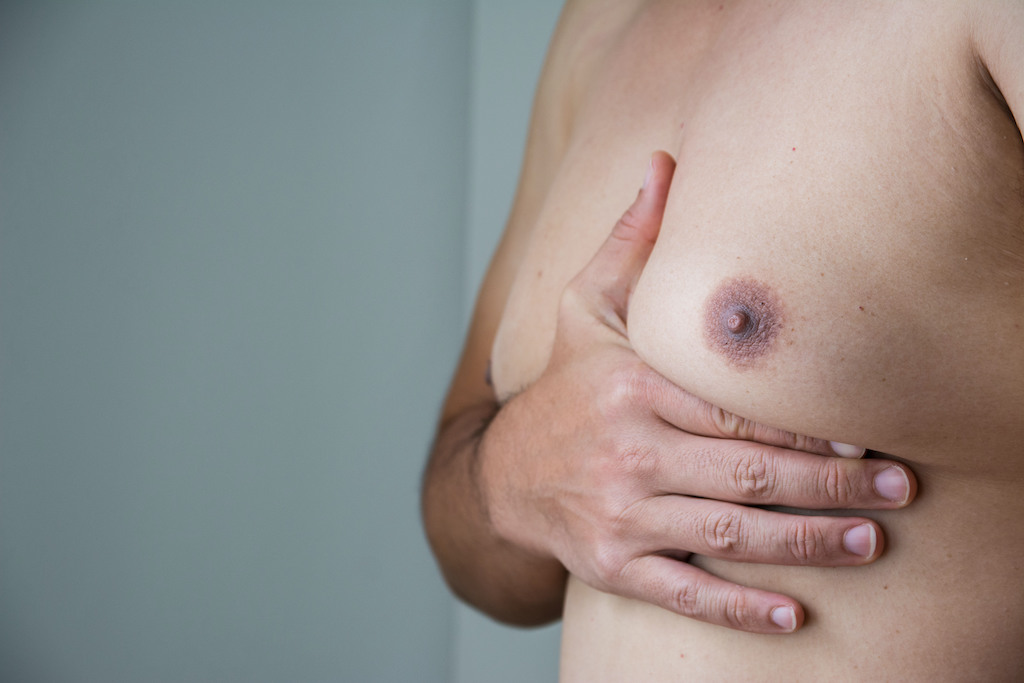As the Founder and CEO of Newport Surgical Center, Dr. Milind Ambe is nationally renowned for having one of the top aesthetic surgery practices in Southern California. His practice has thrived at its Newport Beach location for 20 years and remains one of the busiest practices of any Board Certified Plastic Surgeon. Dr. Ambe and his multi-specialty surgical center have been featured in multiple television programs, magazines, newspapers and other national media coverage—a testament to his perfected skill, unparalleled experience, and excellent results. Haute Beauty sits down with Dr. Ambe to learn more about male breast reduction.

HB: What is Male Breast Reduction or gynecomastia reduction?
Gynecomastia is a condition of over-developed or enlarged breasts in men. The enlarged breast is characterized by either excess localized fat, excess glandular tissue development or excess breast tissue in either one or both breasts. Gynecomastia reduction is a surgical procedure performed by a board-certified plastic surgeon to reduce the breast size and correct predicting asymmetry.
HB: How does a male breast reduction work?
This is a surgical procedure to reduce the male breast size, flattening and enhancing the chest contours and help improve any possible breast asymmetry.
HB: How does the process work between doctor and patient for this treatment?
There are different techniques available for Gynecomastia reduction, depending on how severe the case is. Most common treatment options are either surgical liposuction or excision techniques where often excess skin is also removed.
HB: Do results take multiple treatments?
No, in general this is one surgical procedure to help improve the appearance of the underlying condition.

HB: What does recovery look like?
Recovery for Gynecomastia reduction is relatively simple and straightforward. There is a two-week window where we recommend no heavy lifting or exertion. A compression garment under the shirt is recommended to be worn for the first 4-6 weeks. After two weeks low impact exercise can be resumed.
























